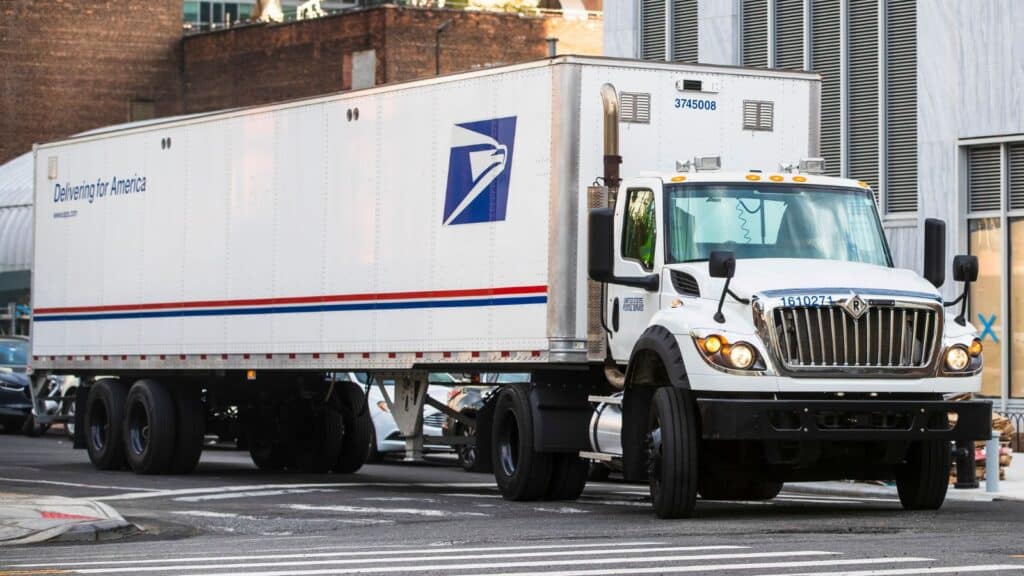Businesses frequently require running vehicles to function correctly as part of their daily operations. It is not just about having a company car or truck on the roads, though. When you give a vehicle to a worker, you are putting the company’s assets on the line in the most literal sense. For example, if you own or operate a taxi or transportation business, this will be your primary service offering. Other firms may require the use of vehicles for various reasons, including sales trips, supplier and vendor meetings, and conducting day-to-day tasks.
Whatever the reason for using a vehicle, the firm is liable if an accident happens while the vehicle is being used for business purposes. Even if an accident occurs with an employee’s vehicle while on the job, you may still be held responsible. In light of these considerations, it becomes critical to have a risk mitigation and management plan to deal with such scenarios successfully. Let us look at the fundamental elements of a commercial vehicle risk management strategy first.
Make sure you have a good policy in place to avoid mishaps.
Even before establishing a strategy for dealing with accidents, it is critical to take steps to prevent them from occurring in the first place. The first step would be implementing a policy to avoid accidents. It is necessary to prioritize some crucial factors to ensure that your fleet complies. These are some examples:
-
- Whether you provide an employee with a company vehicle or use their cars for professional purposes, the vehicle must be suitable for the task at hand. The importance of regular inspection and maintenance cannot be overstated. In addition, you must make sure that they are outfitted with the necessary safety features and provisions.
- Anyone permitted to drive for company purposes, no matter how seldom they do so, should be adequately qualified to operate the specific class of vehicles in question. Additional requirements include good health and the possession of a valid driving license. Ensure that they are also aware of its business car safety regulations and standards by conducting a training session with them.
- To ensure safety and risk minimization, excursions involving the company’s and employees’ automobiles should be planned and routed in advance. These timetables must be practical, with fair working hours and enough rest breaks for the drivers. When planning excursions, keep in mind that unpredictability elements such as inclement weather and vehicle breakdowns must be considered.
- Managing automobiles used for company activity should be governed by written norms and regulations, which should be available for review. The most important aspect of these documents is that they outline the processes and procedures that you will use to monitor and manage the vehicles and the people who will be using them.
Establish post-accident procedures
Even though you may have the most robust rules and practices in place to prevent accidents, accidents can still occur. If you have a solitary vehicle or a complete fleet of cars on the road, you must create and implement a post-accident procedure that all personnel must follow.
If someone is wounded in the crash, they will almost certainly have access to this truck accident lawyer who will fight for their rights to compensation. As a result, seeking legal advice for self-defence becomes increasingly essential. They can even assist you in establishing a system for dealing with incidents so that you do not jeopardize your case by doing something stupid. Make sure that the employee:
-
- Maintains a presence on the scene and cooperates with law enforcement.
- If they or someone else is wounded, they should contact the authorities.
- Gather as much information as you can about the accident from the other driver, the casualty, and any witnesses.
- Report the incident to an authorized authority inside the organization.
Obtain insurance protection.
Aside from establishing a strategy for dealing with accidents involving corporate vehicles, it is critical to have insurance coverage in place. Because your firm would be obliged to reimburse the victim, you cannot afford to ignore insurance coverage; otherwise, you risk incurring a liability that might cost you thousands.
No matter how minor or severe the crash is or how much compensation you may be required to pay, having appropriate insurance will provide you with peace of mind no matter what happens. Examine the terms and conditions of your insurance policy thoroughly before purchasing it to ensure that you are appropriately covered in the event of an unexpected situation. If an accident occurs during your business, you must notify your insurance carrier as soon as possible after the incident occurs.
If you enjoyed this post on managing the risks of operating business vehicles, please consider sharing it. If you would like to leave a comment use space below.
 Mike Gaudreau is the owner of The Wealthy Boomers, a site devoted to helping seniors make money online. Mike resides in Montreal Canada.
Mike Gaudreau is the owner of The Wealthy Boomers, a site devoted to helping seniors make money online. Mike resides in Montreal Canada.
You should assume the owner of this website has an affiliate relationship and/or another material connection, to any suppliers of goods and services that may be discussed here and may be compensated for showing advertisements or recommending products or services, or linking to the supplier’s website.




